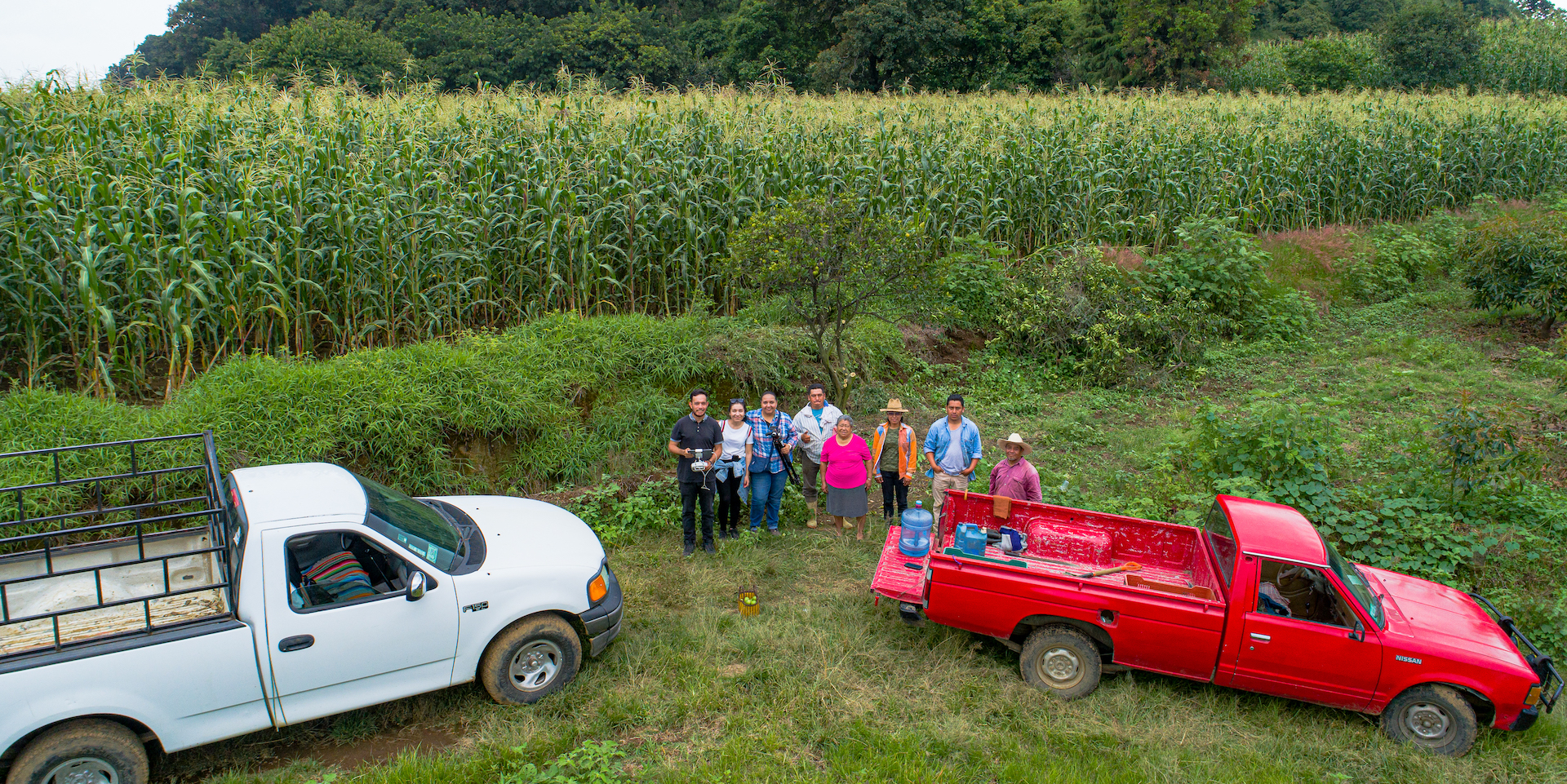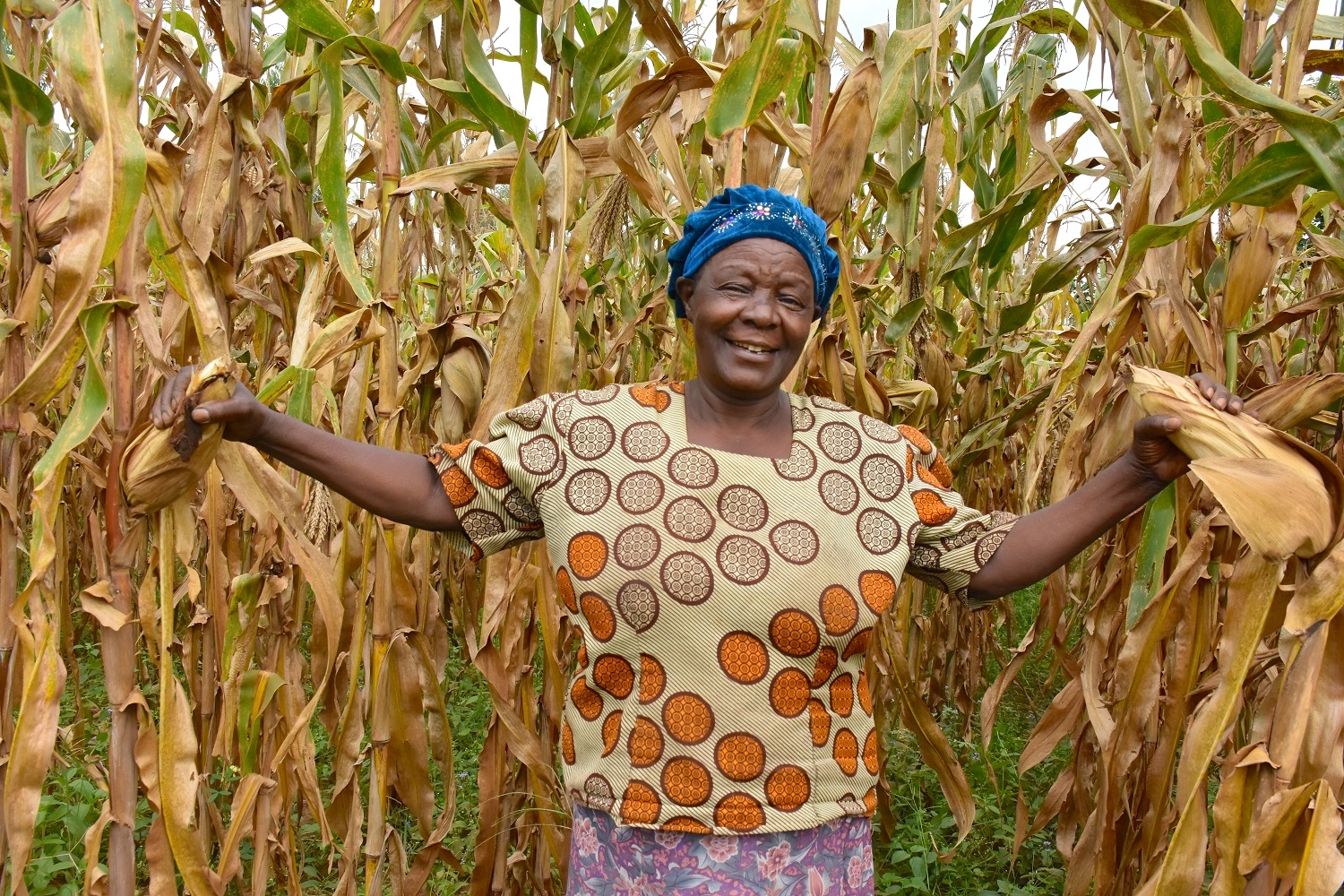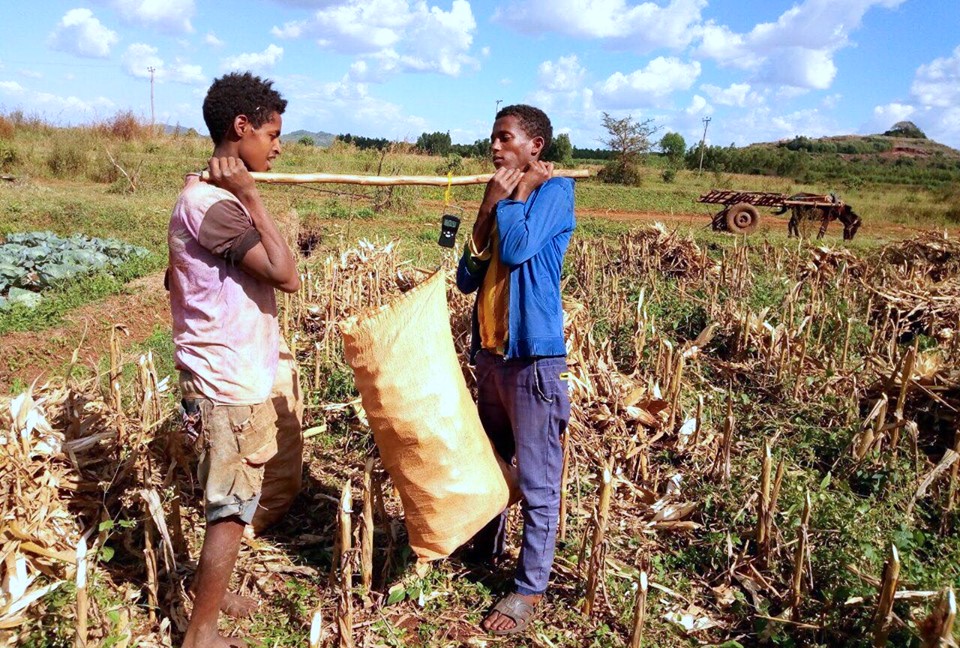
Quantifying agricultural productivity relies on measures of crop production and land area. Those measures need to be accurate, but it is often difficult to source reliable data. Inaccurate measurements affect our understanding of the relationship between agricultural productivity and land area.
Researchers examined the sensitivity of empirical assessments of this relationship to alternative measurement protocols. Scientists from the International Maize and Wheat Improvement Center (CIMMYT), Trinity College Dublin and the International Food Policy Research Institute (IFPRI) analyzed different methods of plot-level production and area measurement.
The study, to be published, is said to be the first to evaluate errors along the two dimensions —production and area — in all available measurement techniques.
Researchers found that errors from both production and area measurements explain the estimated inverse productivity-size relationship. When using a combination of the most accurate measures for yield and area — full plot harvest and total station — the inverse relationship vanishes. Consistent with previous studies, the study also shows that addressing one of the other sources of error — for example, either production or area estimates — does not eliminate the bias associated with measurement error.
For this study, the research team collected and used a unique dataset on maize production from Ethiopia, addressing measurement issues commonly found in other datasets that hinder accurate estimation of the size-productivity relationship. Specifically, the researchers considered six alternative land area measures: farmers’ self-reported estimates; estimates from low-cost old generation consumer-grade dedicated GPS receivers that have frequently been used in field data collection by research organizations over the past decade; estimates from single- and dual-frequency mobile phone GPS receivers; compass-and-rope estimates; and total station theodolite measurement.
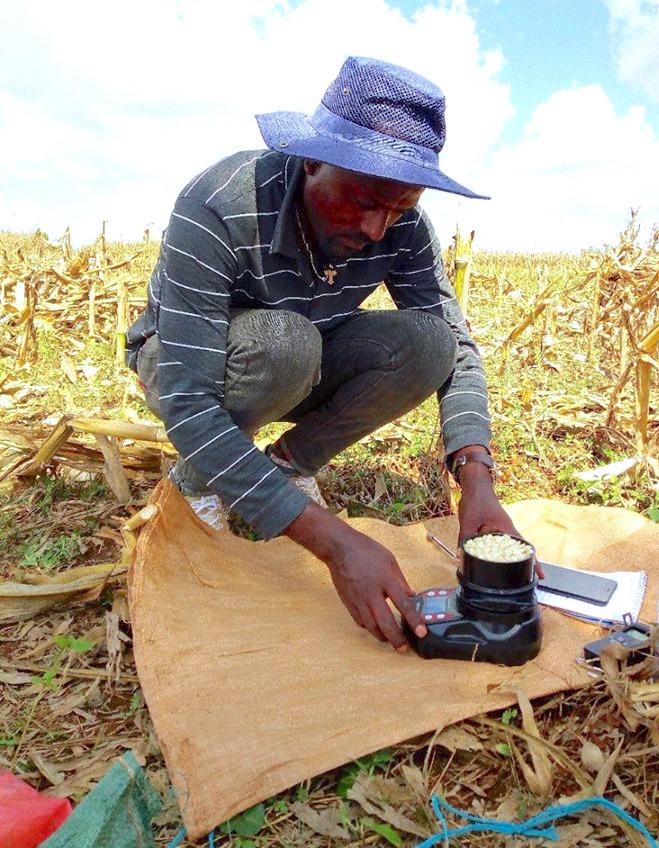
Most cost-effective measurement methods
The study also provides a cost-effectiveness analysis of the different measurement methods. According to the researchers, the most expensive combination to use is full harvest yield with total station measurement. The cost is potentially prohibitively high for traditional surveys involving large samples.
It concludes that the optimal combination is crop-cut random quadrant measurements coupled with GPS measurement. This offers the best value for money of all the methods considered, since the results for the productivity-size regressions are like what is found when the gold-standard for yield and area measurement protocols are used.
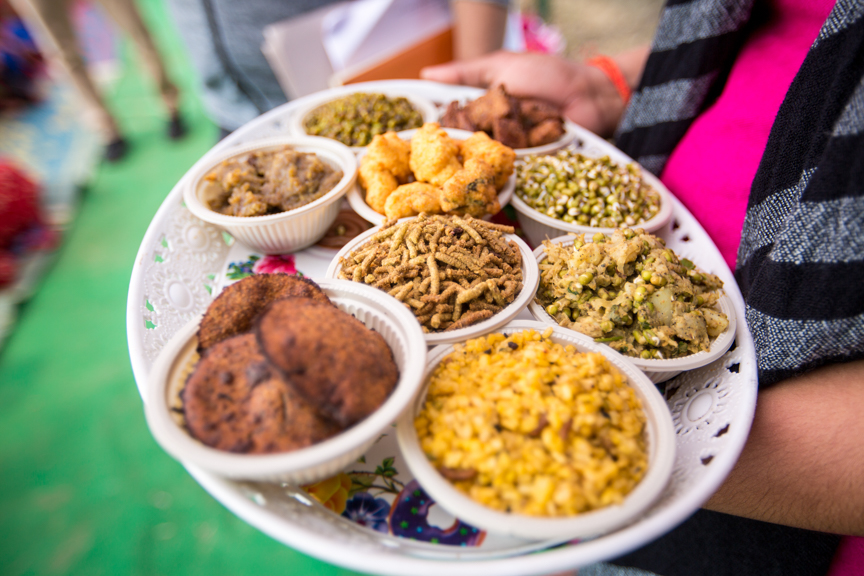
 Innovations
Innovations 